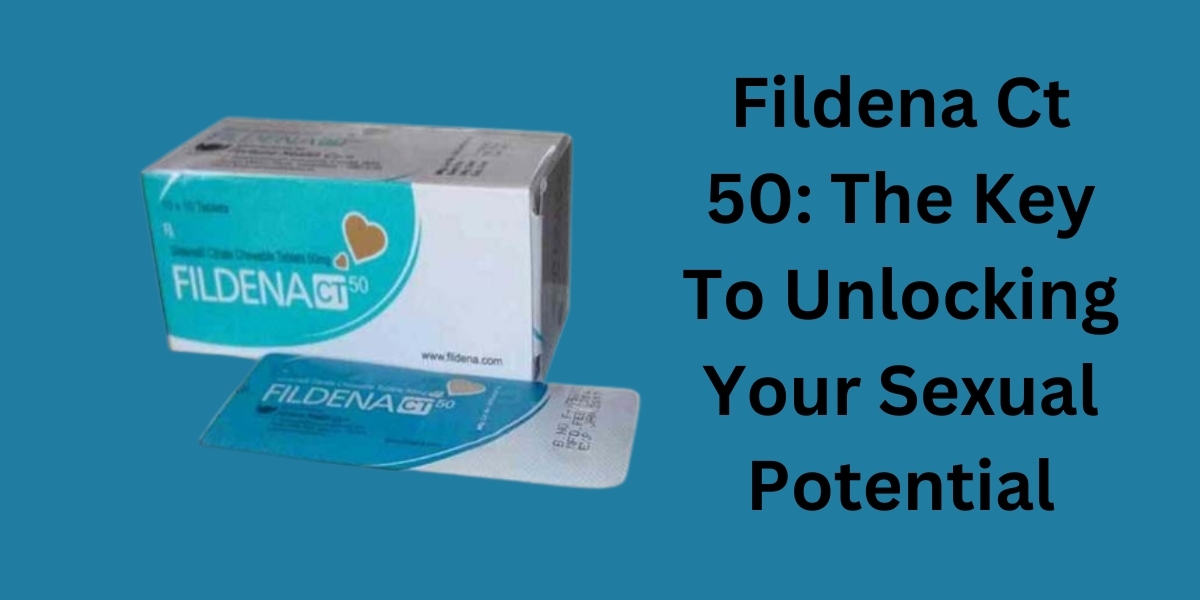The global Sodium-Ion Batteries Market is projected to reach $4,368.0 million by 2031 from $528.0 million in 2021, growing at a CAGR of 25.91% during the forecast period 2022-2031.
The sodium-ion batteries market is expected to grow at a healthy growth rate because of the inherent benefits of sodium-ion batteries, the fast installation of intermittent energy sources such as wind and solar, as well as the growing acceptance of low-speed electric vehicles such as e-bikes and e-rickshaws. According to the National Institution for Transforming India, demand for grid storage batteries in India is expected to rise to 260-gigawatt hours (GWh) by 2030.
India aims to generate 50% of its energy needs from renewable sources by 2030, resulting in a substantial demand for storage batteries. Furthermore, the International Energy Agency (IEA) anticipates that solar photovoltaic (PV), wind, and hydro are expected to generate roughly 80% of the world's electricity by 2050. Since sodium-ion batteries are a significant energy storage technology with additional advantages, the growing solar and wind energy industries are expected to create considerable opportunities for the sodium-ion batteries market.
Market Lifecycle Stage
Sodium-ion batteries are a type of energy storage technology in which electrochemical cells with positive and negative electrodes are used. With operable temperatures ranging from -30°C to 60°C, sodium-ion batteries have higher operating safety than lithium-ion batteries, resulting in greater thermal durability than other battery chemistries. Furthermore, sodium-ion batteries can be discharged to zero volts to prevent accidents while in transit, lowering shipping expenses.
Sodium battery technologies have gained market traction and may be competitive with lithium-ion batteries in the coming years. However, in most countries, the commercialization and supply chain for sodium-ion batteries is still in the early stages. Most sodium-ion batteries are prototypes or in research and development (RD); thus, the current market is dominated by other batteries such as lead-acid and lithium-ion batteries. With additional players entering the ecosystem in the coming years, the sodium-ion batteries industry is expected to expand significantly.
Increased research and development efforts are being undertaken to improve the energy density of sodium-ion batteries and develop new electrolyte technologies, which are growing in response to rising public concern and government restrictions associated with a spike in lithium-ion price and emissions. For instance, in August 2022, Scientists in Japan developed sodium-ion batteries utilizing carbon micro lattices produced with a low-cost three-dimensional (3D) printer. In addition to reducing the size of the battery and lowering production costs, the resultant anode allows for rapid transit of energy-generating ions.
With an increased worldwide focus on limited availability and high mining costs of lithium and lithium-based components, the shift to sustainable and cost-effective technologies brings significant sales and financing opportunities for sodium-ion batteries. This shift was prominently experienced in regions such as North America, Europe, and some Asian countries.
Impact of COVID-19
The global lockdown due to the COVID-19 epidemic resulted in disruptions in manufacturing activity, supply chain, and production halts, which negatively impacted the sodium-ion batteries market in 2020. Furthermore, various end-use sectors such as automotive, industrial, and others shut down their operations, resulting in lower demand for batteries in 2020. The major sodium ion battery manufacturers' sales reactions during the pandemic were inconsistent. In addition, COVID-19 had a significant impact on the renewable energy industry all over the world, and as a result, the growth of renewable technology decreased in 2020. The pandemic posed significant risks to the solar energy sector because of a decline in economic activity. This drop also affected the market for sodium-ion batteries, which are primarily used in the solar energy sector as large-scale stationary storage systems.
Market Segmentation:
Segmentation 1: by Application
- Transportation
- Consumer Electronics
- Large Scale Stationary Energy Storage
- Industrial
In 2021, the sodium-ion batteries market in the application sector segment was dominated by large scale stationary energy storage, owning to the consistent expansion of renewable energy capacity globally.
Segmentation 2: by Technology
- Aqueous
- Non-aqueous
In 2021, the sodium-ion batteries market was estimated to be led by non-aqueous technology, owing to its high electrochemical stability that exceeds 4 volts (V).
Segmentation 3: by Region
- North America - U.S., Canada, and Mexico
- Europe - Germany, France, Italy, Spain, and Rest-of-Europe
- China
- U.K.
- Asia-Pacific and Japan - Japan, India, Australia, and Rest-of-Asia-Pacific
- Rest-of-the-World
North America led the sodium-ion batteries market in 2021 and is anticipated to uphold its dominance throughout the forecast period (2022-2031).
Recent Developments in Sodium-Ion Batteries Market
- In April 2022, AMTE Power plc joined forces with Sprint Power and Eltrium to accelerate the development of next-generation battery technologies to meet the expanding and complex needs of the electric vehicle (EV) market.
- In June 2021, HiNa Battery Technology Co., Ltd., in collaboration with the Chinese Academy of Sciences (IOP-CAS), installed a 1 MWh sodium-ion battery (NIB)-based solar energy storage and intelligent micro-grid system in Taiyuan, China. The micro-grid system uses sodium-ion batteries as its main energy storage component and combines grid electricity, solar cells, and charging stations.
- In March 2021, Infraprime Logistics Technologies (IPLTech) and Faradion Limited joined forces to offer high-energy sodium-ion batteries for commercial vehicles in India.
- In June 2021, Altris AB, in collaboration with LiFeSiZE AB, developed a sodium-ion battery cell. The cell matches the performance, life cycle, and energy density of a lithium-ion battery. The battery is based on Altris' innovative Fennac cathode technology.
Demand – Drivers and Limitations
Following are the demand drivers for the sodium-ion batteries market:
- Rising Renewable Energy Generation
- Increasing RD Activities on Sodium-Ion Batteries
The market is expected to face some limitations due to the following challenges:
- Lack of Industrial Supply Chain
- Intense Competition from Other Advanced Battery Technologies
Get Free Sample - https://bisresearch.com/requestsample?id=1362type=download
Key Market Players and Competition Synopsis
The companies that are profiled have been selected based on inputs gathered from primary experts and analyses of company coverage, product portfolio, and market penetration.
Some prominent names established in this market are:
- Aquion Energy
- Faradion Limited
- HiNa Battery Technology Co., Ltd
- Ben’an Energy Technology (Shanghai) Co., Ltd
- AMTE Power plc
- Natron Energy, Inc.
- Tiamat Energy
- Jiangsu Zhongna Energy Technology Co., Ltd.
- Contemporary Amperex Technology Co. Limited (CATL)
- Li-FUN Technology Corporation Limited
- BLUETTI Power Inc.
- Indigenous Energy Storage Technologies Pvt. Ltd. (Indi Energy)
- Altris AB
- NEI Corporation
- Blackstone Technology GmbH
How can this report add value to an organization?
Product/Innovation Strategy: The product segment helps the reader understand the technology used in manufacturing sodium-ion batteries, including aqueous and non-aqueous. Moreover, the study provides the reader with a detailed understanding of the sodium-ion batteries market by different application sectors (transportation, consumer electronics, large scale stationary energy storage, and industrial).
Growth/Marketing Strategy: The sodium-ion batteries market has seen development by key players operating in the market, such as product launch, business expansion, partnership, collaboration, acquisition, and joint venture. The favored strategy for the companies has been product launch and collaboration to strengthen their position in the sodium-ion batteries market.
For instance, in July 2021, Natron Energy, Inc. launched Uninterruptible Power System (UPS) featuring Natron's sodium-ion batteries by Xtreme Power Conversion. The new Xtreme Power P91L UPS is available in three kilowatts (kW) and five kilowatts (kW) capacities, with 120 and 208/220/230/240V alternating current (AC), 50/60Hz operation, and is specially designed to accept Natron's BlueTray 4000 48V direct current (DC) battery as backup power.
Competitive Strategy: Key players in the sodium-ion batteries market analyzed and profiled in the study involve sodium-ion batteries manufacturers and the overall ecosystem. Moreover, a detailed competitive benchmarking of the players operating in the sodium-ion batteries market has been done to help the reader understand how players stack against each other, presenting a clear market landscape. Additionally, comprehensive competitive strategies such as partnerships, agreements, and collaborations will aid the reader in understanding the untapped revenue pockets in the sodium-ion batteries market.
Analyst's Thoughts
According to Sachin Singh, Lead Analyst, BIS Research, "Sodium-ion batteries are a viable alternative to lead-acid and lithium-ion batteries. However, the market is still in its early stages, and the product needs to be improved in terms of size and energy density. Only a few companies are presently commercializing sodium-ion batteries, with the majority still in prototype or demonstration form. However, continued advancements in its features and the growing popularity of sodium-ion batteries are expected to entice a number of major players to enter the market. Furthermore, by 2030, sodium-ion batteries are expected to hold a significant global market share."
BIS Research Offerings - https://bisresearch.com/our-offerings/subscriptions
You May Also Like -









